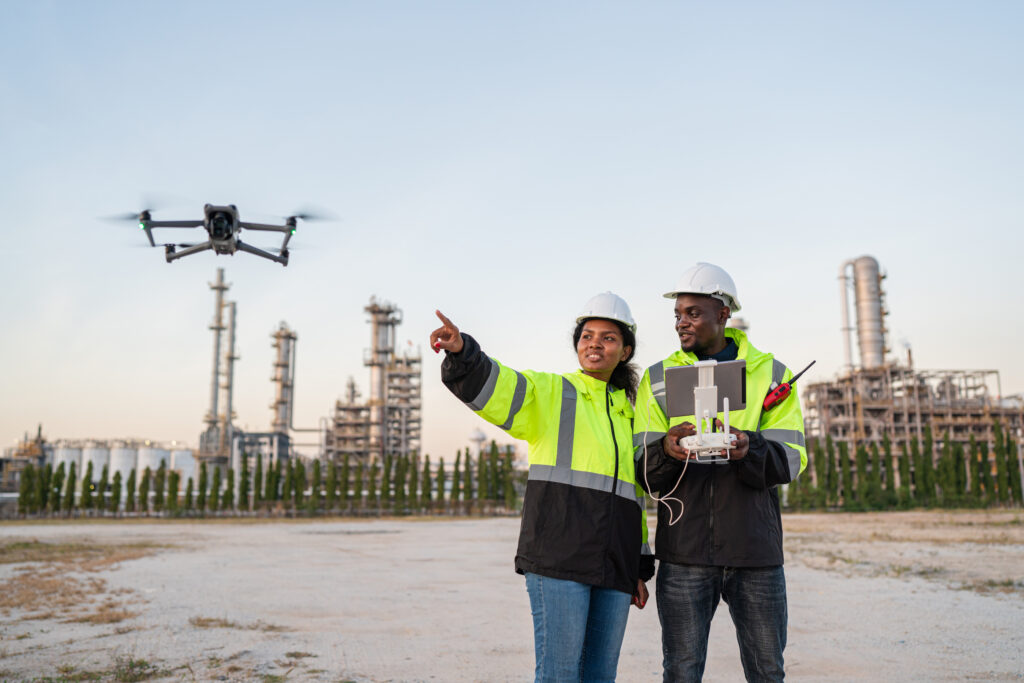
Introduction
Drones, or unmanned aerial vehicles (UAVs), have transformed from obscure military technology into mainstream tools used in a variety of industries. Today, they’re popular among hobbyists, photographers, and professionals alike. This article delves into the fascinating journey of drones, tracing their evolution from military origins to their current role in everyday life and predicting where they might go next.
Military Beginnings
The concept of drones dates back to World War I, where rudimentary UAVs were developed for military purposes. These early models were essentially flying bombs, designed to hit specific targets without risking human pilots. However, it wasn’t until the late 20th century that drones became more sophisticated, thanks to advancements in technology. During the 1980s and 1990s, drones like the Predator were developed for surveillance and reconnaissance, providing militaries with the ability to gather intelligence without putting personnel in danger.
The use of drones expanded rapidly in the early 2000s, particularly during the conflicts in Iraq and Afghanistan. Equipped with cameras and sometimes armed with missiles, drones became a crucial tool for targeted strikes and intelligence gathering. Their ability to loiter over an area for extended periods provided military forces with unparalleled situational awareness.
Transition to Commercial Use
As drone technology improved, it became clear that these versatile machines had potential beyond the battlefield. By the mid-2000s, commercial and civilian interest in drones began to grow. Companies started experimenting with drones for purposes like aerial photography, real estate marketing, and agricultural monitoring. This period marked the beginning of the drone’s journey into the commercial and consumer markets.
In 2013, Amazon made headlines by announcing its plans to use drones for package delivery, sparking widespread interest in the commercial potential of drones. This announcement brought drones into the public consciousness and highlighted their potential to revolutionize industries ranging from logistics to healthcare.
Consumer Drones
The introduction of consumer drones marked a significant shift in how these devices were perceived. Companies like DJI led the way, creating drones that were affordable, user-friendly, and equipped with high-quality cameras. Suddenly, aerial photography and videography were accessible to amateur filmmakers, photographers, and enthusiasts.
These drones were not only popular among hobbyists but also found practical applications in industries like real estate, construction, and media. Realtors began using drones to capture stunning aerial views of properties, while construction companies employed them for site inspections and progress monitoring.
Future Trends
As we look to the future, the potential applications for drones continue to expand. One area of significant growth is the integration of AI and machine learning, which could lead to fully autonomous drones capable of navigating complex environments and making real-time decisions. This could have profound implications for industries like agriculture, where drones could autonomously monitor crops, identify issues, and even apply treatments without human intervention.
Another exciting development is the potential for drone taxis and urban air mobility solutions. Companies like Uber and Airbus are already exploring the feasibility of using drones to transport people in urban environments, potentially alleviating traffic congestion and reducing travel times.
Conclusion
The evolution of drones is a testament to the rapid pace of technological advancement. From their origins as military tools to their current role as versatile commercial and consumer devices, drones have come a long way. As technology continues to evolve, the possibilities for drones are virtually limitless. Whether it’s through AI integration, autonomous operations, or new applications, drones are poised to play an even more significant role in our lives in the years to come.





